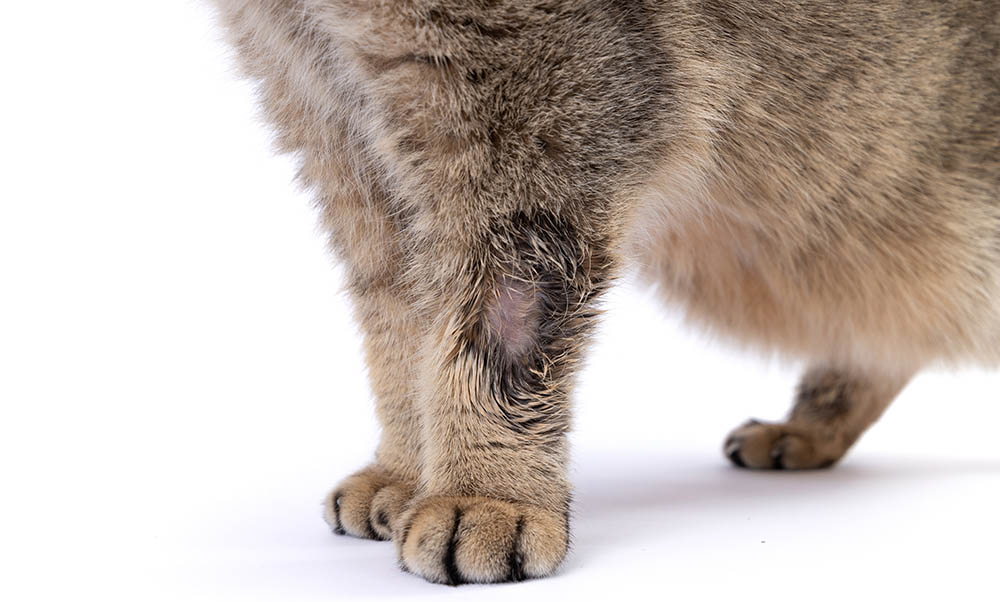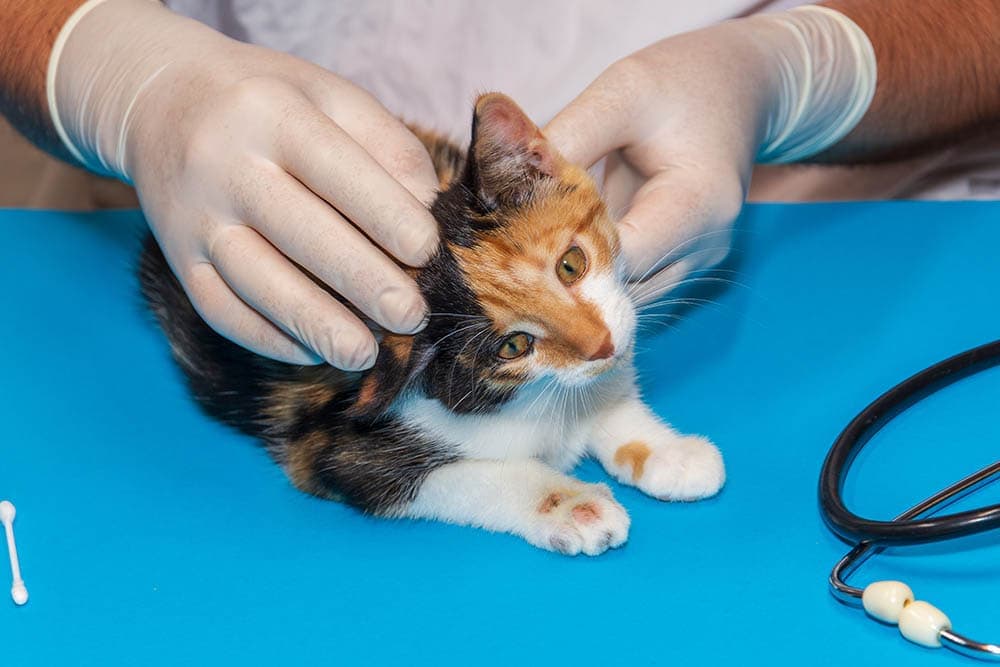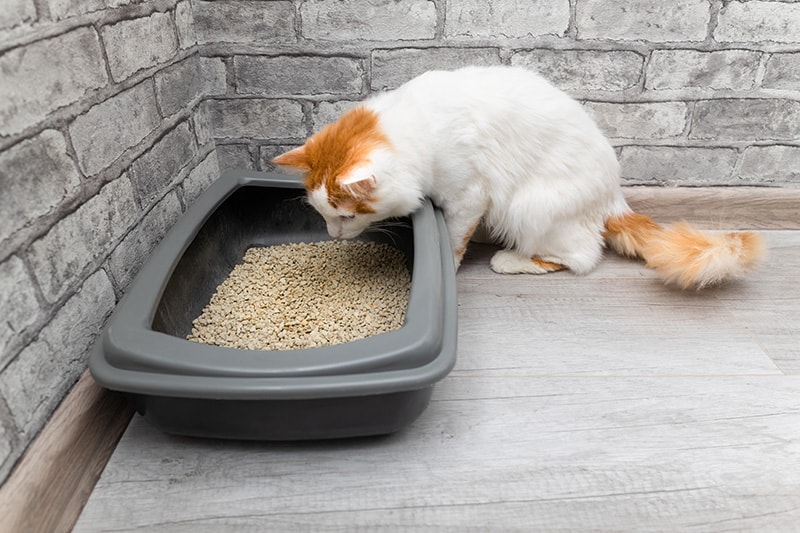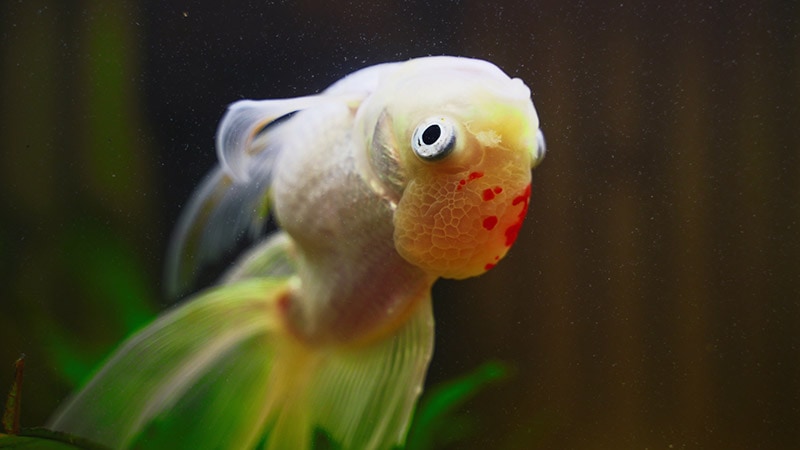Can Cats Get Ringworm? Vet-Reviewed Facts & FAQ
By Jordyn Alger
Updated on

Ringworm is often seen as a red, round-shaped ring of inflammation. Contrary to the name, ringworm is not caused by a worm but by a fungus. This fungus belongs to a group known as dermatophytes, which are fungi that affect the skin. Some dermatophytes affect only one type of species, while others can affect multiple. In the case of ringworm, many species can become infected—and cats are just one among them.
 What Is Ringworm and Where Does It Come from?
What Is Ringworm and Where Does It Come from?
Ringworm is a fungus that affects the skin but can also affect the nails and hair. Ringworm causes a rash that is often itchy and circular in shape. However, not all ringworm infections appear in the shape of a ring.
This fungus lives in the soil or on surfaces. If a surface becomes contaminated, the ringworm will not go away on its own. Fungal spores can remain on any surface for up to 18 months, so cleaning contaminated areas is vital.
Ringworm is transmitted via direct contact with the fungus, which includes direct contact with another infected animal or a contaminated surface. Not all contact will result in an infection 100% of the time, as the amount of contaminant and the age of the affected animal can determine whether it develops an infection.
Sometimes, infected cats may show no signs of having ringworm. This is especially true when long-haired cats are infected. Although there are no visible signs of ringworm, the condition is still contagious and can be passed to others if the infected cat comes in contact with them.

Signs of Ringworm in Cats
Ringworm feeds on keratin, which is found in the protective layers of your cat’s skin, hair, and nails. The deterioration of this protective layer makes way for infection as the spores take advantage of damaged skin and grow more rapidly.
Still, ringworm can be difficult to spot in cats. Sometimes, no signs are present at all. However, if your cat is showing signs of an infection, you will most likely notice the following:
- Damaged, brittle hairs
- Hair loss (often in circular patterns)
- Inflammation of the skin
- Dandruff
- Crusty or scaley skin
- Excessive grooming and scratching
- Infected claws
Ringworm may present itself like other feline skin issues, such as feline acne, alopecia, and dermatitis. If you notice any unusual signs, take your cat to the vet for a diagnosis.

How Do Cats Get Ringworm?
Ringworm is highly contagious, meaning that most cats spread it to each other. However, cats can become infected due to any physical contact with the fungus, including contact with infected dogs or contaminated household surfaces. They can even get ringworm from you.
Younger cats get ringworm more often due to their weaker immune systems. If your cat has longer hair, it may also have a higher chance of infection. It is more difficult for cats with long hair to groom themselves because fungus spores may be more easily trapped beneath long hairs.
Can Your Cat Spread Ringworm to You?
Ringworm is considered a zoonotic disease that can be transmitted between animals and humans. If your cat has ringworm, it can pass it on to you.

How to Stay Safe
Since ringworm is highly contagious, it is important to be diligent about always preventing the spread of ringworm or other zoonotic diseases. Some tips for preventing the spread include:
- Taking your cat to annual checkups: If your vet can regularly assess your cat’s health, you will be able to take charge of your cat’s wellness and combat many preventable diseases.
- Washing your hands regularly: Before cooking, eating, or cleaning your kitchen and dining area, make sure that your hands are clean. This is especially important if you have been playing with your cat. Wash your hands each time you touch or hold your cat.
- Cleaning your cat’s items regularly: By keeping your cat’s toys, food bowls, water bowls, and bedding areas clean, you can eliminate any fungi, bacteria, or parasites that may have been lurking in its favorite places.
- Take time before introducing new cats or dogs into the home: Having a quarantine room for a short period of time can help decrease the spread of infectious diseases.
Treating Ringworm in Cats
Topical products are the most common feline ringworm treatments. These include shampoos, ointments, and creams. Often, topical treatments may be used alongside regular oral medications. Ask your veterinarian what they recommend for your cat.
To ensure that the ringworm treatment is effective and recontamination does not occur, the environment your cat lives in must be cleaned. This includes bedding, couches, rugs, pillows, and other furniture.
Final Thoughts
Ringworm is a highly contagious fungus and can spread between cats, dogs, and people, so it is crucial to treat it promptly. Signs of infection will often manifest in the skin, coat, and nails, although there is also a chance that your cat will be entirely asymptomatic.
Treatment may include topical products and oral medications, but a thorough cleansing of the environment will also be necessary. If you suspect your cat has ringworm, take it to the vet as soon as possible.
Featured Image Credit: Nadya Bessonov, Shutterstock

 What Is Ringworm and Where Does It Come from?
What Is Ringworm and Where Does It Come from?









